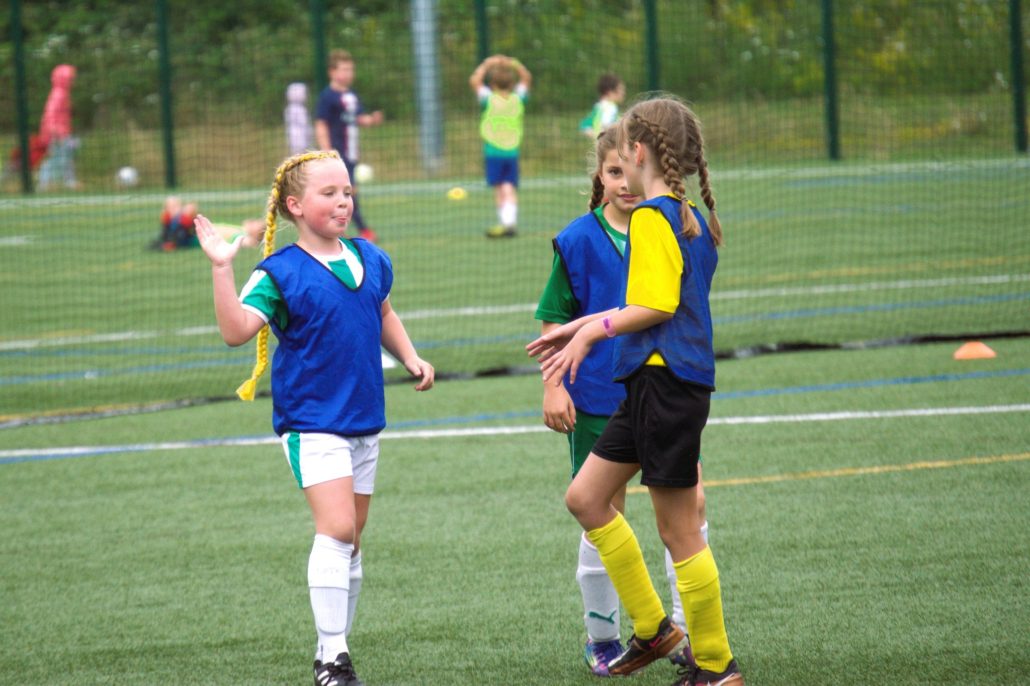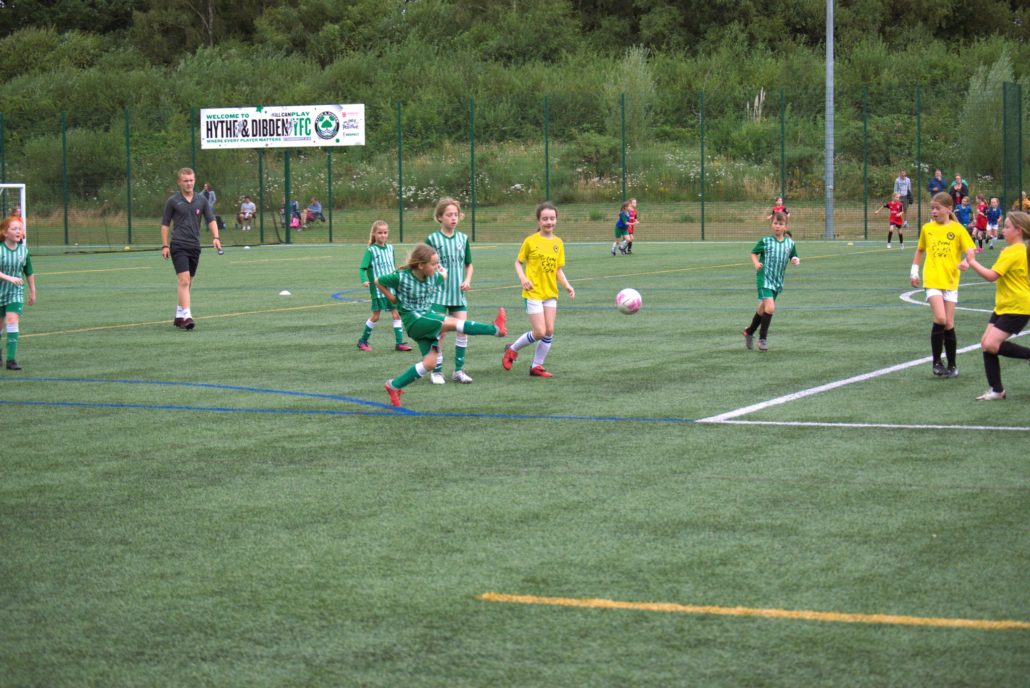Women’s football is growing, but not for the first time
Like the Euro’s did, the Women’s World Cup is putting female football in the spot light again, which is great to see. But why has it taken until now for women’s football to really take off?
With 11 girls teams including a girls only team in every youth football age group, and over 1/4 of the club now female, we are noticing a very strong shift in the participation of football at Hythe & Dibden YFC. Only ten years ago, we had a handful of female players signed on at the club. The sudden change is tangible and gathering pace, with no signs of slowing down.
Surely it can’t be the case that suddenly girls are more interested in playing than they used to be? Or that for some reason modern girls are better at playing the game?

If we rewind 100 years, women’s football was in a similar stage of ascendency. The First World War, with most men absent, opened the door for women to pick up the footballing mantle. By the time the men returned to the game, they were selling out stadiums, one game in 1920 getting a 53,000 sell out at Goodison Park with many other being turned away, and generating huge revenues.
But they were different times, and unfortunately prejudice was allowed to rear its ugly head. The FA banned women’s football, and all the progress was lost, which must have been heart breaking for those involved.
Read the full story here about How the FA banned women’s football in 1921 and tried to justify it.

Looking at the way they adopted football though, is it more to do with just having an opportunity? Or seeing it as acceptable? Or even just seeing it as something fun, that your peers and role models are doing?
Girls Football Development Secretary at Hythe & Dibden YFC, Steve Norris, has been pioneering the growth of girls football in the area for many years now, and sits on the committee for the Hampshire girls football league. He has some interesting observations about the reasons behind the recent upturn.
Girls football has grown both locally and worldwide through a combination of factors; exposure on media outlets has helped inspire girls to give footy a try, and this demand has been welcomed by grass roots clubs who now see similar interest levels from girls and boys alike.
I also see a huge snowball effect in girls locally who see their friends enjoying the game so much and come along as a result. A lot of the girls don’t watch football or play related computer games, so the first hand accounts given by their female peers is sometimes key to their decision making.
FA initiatives have also helped enormously with over 34000 girls moving through the Wildcats program, into girls only leagues which have exploded over the last 5 years.
Finally I’d like to point out the impact open minded parents have on the growth rate within the girls game. I’m pretty sure everyone now realises that football can benefit everyone equally and having parents who played a lot in their younger days, who now take time to volunteer or facilitate their child’s participation in the game, is crucial to the success we see today.
Steve Norris
Girls Football Development Secretary, Hythe & Dibden YFC
So the reality is there are multiple reasons for girls football seeing unprecedented growth. It’s not a 21st century phenomenon – but lets keep this momentum going, and make sure girls football is here to stay!




